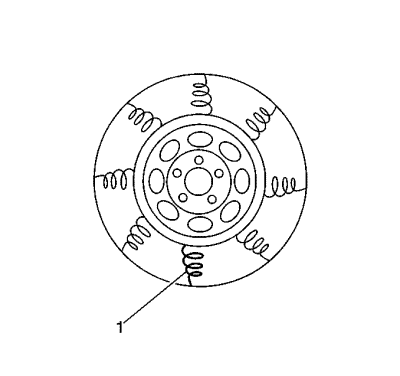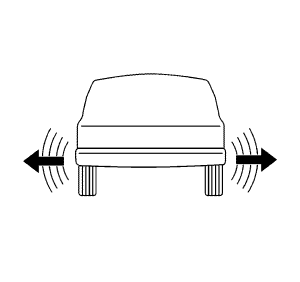Orlando |
||||||||
|
|
|
|||||||
Force variation refers to a radial or lateral movement of the tyre and wheel assembly which acts much like runout, however, force variation has to do with variations in the construction of the tyre. These variations in tyre construction may actually cause vibration in a vehicle, even though the tyre and wheel assembly runout and balance may be within specifications.

Radial force variation refers to the difference in the stiffness of a tyre sidewall as the tyre rotates and contacts the road. Tyre sidewalls have some stiffness due to splices in the different plies of the tyre, but these stiffness differences do not cause a problem unless the force variation is excessive. Stiff spots (1) in a tyre sidewall can deflect a tyre and wheel assembly upward as the assembly contacts the road.

Lateral force variation refers to the difference in the stiffness or conformity of the belts within a tyre as the tyre rotates and contacts the road. Tyre belts may have some stiffness or conformity differences, but these differences do not cause a problem unless the force variation is excessive. These variations in the belts of the tyre can deflect the vehicle sideways or laterally. A shifted belt inside a tyre may cause lateral force variation.
In most cases where excessive lateral force variation exists, the vehicle will display a wobble or waddle at low speeds, 8-40 km/h (5-25 mph), on a smooth road surface.
Perform the following test in order to determine if force variation is present in the vehicle.
| © Copyright Chevrolet. All rights reserved |
| © Copyright Chevrolet. All rights reserved |